Liver chart. Comprehensive Guide to Liver Anatomy: Detailed Charts and Medical Insights
What is the structure and function of the liver. How does the liver interact with surrounding organs. Where are common sites for gallstones in the liver’s duct system. What are the key segments of the liver and their roles.
Liver Anatomy: A Deep Dive into the Body’s Metabolic Powerhouse
The liver, a vital organ in the human body, plays a crucial role in metabolism, detoxification, and various other essential functions. Understanding its anatomy is key to appreciating its significance in maintaining overall health. This comprehensive guide explores the intricate structure of the liver, its relationship with surrounding organs, and its complex internal systems.
Location and General Structure
The liver is strategically positioned in the upper right quadrant of the abdominal cavity, just below the diaphragm. Its unique location allows it to efficiently process nutrients from the digestive system and distribute them throughout the body. But how exactly is the liver situated in relation to other organs?
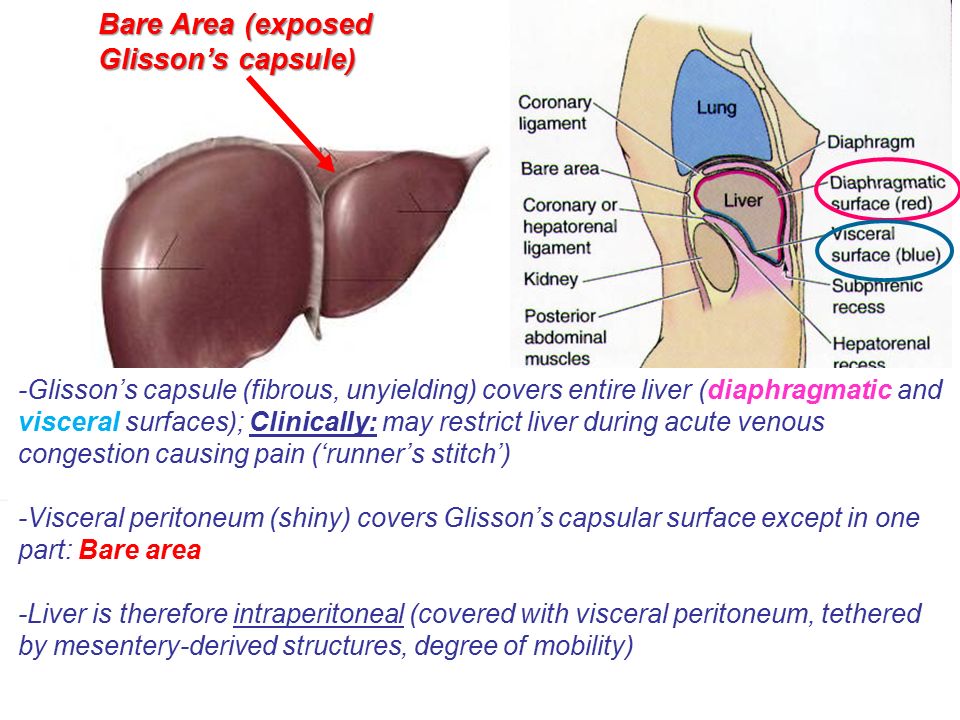
- The liver sits primarily in the right hypochondrium, extending into the epigastrium
- It is protected by the lower ribs, with the diaphragm separating it from the thoracic cavity
- The liver is in close proximity to the stomach, gallbladder, and portions of the intestines
This strategic positioning enables the liver to receive blood directly from the digestive organs via the portal vein, allowing it to process nutrients and toxins efficiently before they enter the general circulation.
The Liver’s Vascular System: A Complex Network of Blood Vessels
The liver’s vascular system is a marvel of biological engineering, designed to efficiently process blood from both the systemic circulation and the digestive tract. How does this intricate network function?
Dual Blood Supply
Unlike most organs, the liver has a dual blood supply:
- Hepatic artery: Delivers oxygenated blood from the heart, accounting for about 25% of the liver’s blood supply
- Portal vein: Brings nutrient-rich blood from the digestive organs, making up the remaining 75% of the blood supply
This unique arrangement allows the liver to efficiently process nutrients and toxins from the digestive system while maintaining its own oxygen supply for metabolic functions.
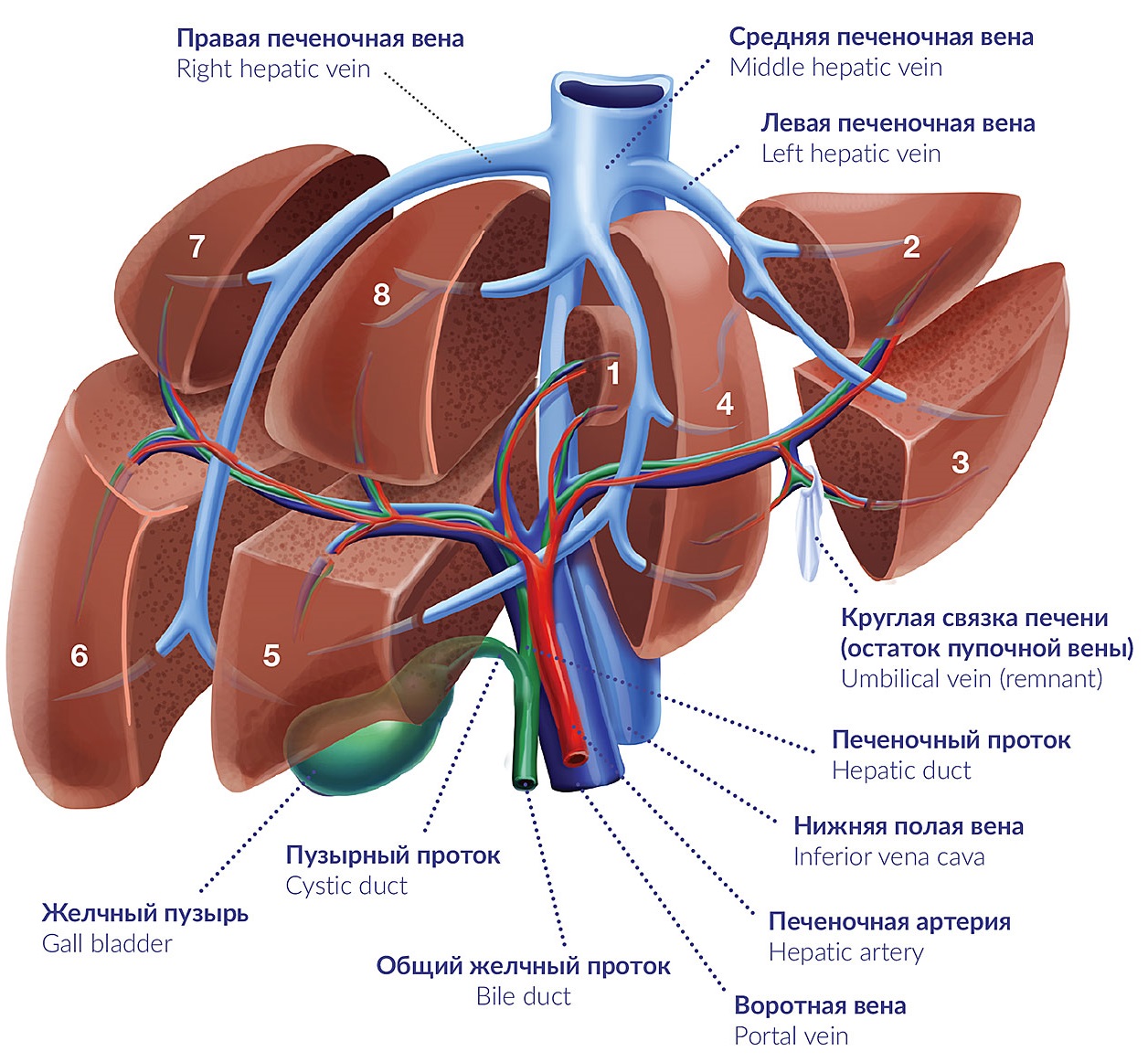
Hepatic Lobules: The Liver’s Functional Units
The liver is composed of numerous small, hexagonal structures called hepatic lobules. These lobules are the functional units of the liver, where most of the organ’s metabolic activities occur. Each lobule contains:
- Central vein: Collects blood after it has been processed by liver cells
- Hepatocytes: The main functional cells of the liver, arranged in plates radiating from the central vein
- Sinusoids: Small blood vessels between the plates of hepatocytes, allowing for efficient exchange of substances
This intricate structure enables the liver to perform its numerous functions efficiently, from detoxification to protein synthesis.
The Biliary System: Pathways for Bile Production and Storage
The biliary system is an integral part of the liver’s anatomy, responsible for the production, storage, and release of bile. This yellowish-green fluid plays a crucial role in digestion, particularly in the breakdown of fats. But how is bile produced and transported within the liver?

Bile Ducts and Gallbladder
The biliary system consists of a network of ducts that collect and transport bile:
- Bile canaliculi: Tiny channels between hepatocytes where bile is initially secreted
- Intrahepatic bile ducts: Larger ducts within the liver that collect bile from canaliculi
- Common hepatic duct: Formed by the merger of right and left hepatic ducts, carrying bile out of the liver
- Common bile duct: Joins with the cystic duct from the gallbladder to form the main bile duct
- Gallbladder: A small organ attached to the liver that stores and concentrates bile
This complex system ensures that bile is produced, stored, and released into the small intestine when needed for digestion.
Liver Segments: Understanding the Organ’s Functional Divisions
The liver is divided into segments, each with its own blood supply and biliary drainage. This segmental anatomy is crucial for surgical planning and understanding liver pathology. How many segments does the liver have, and what is their significance?
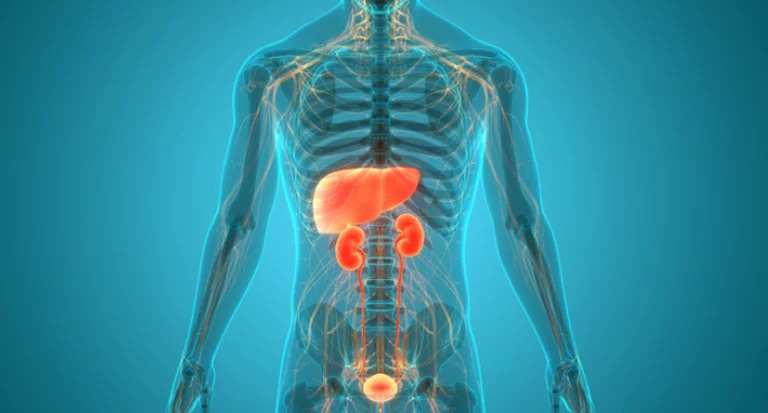
Couinaud Classification
The most widely used classification system for liver segments is the Couinaud classification, which divides the liver into eight functionally independent segments:
- Segment I: Caudate lobe
- Segment II: Left lateral superior subsegment
- Segment III: Left lateral inferior subsegment
- Segment IV: Left medial segment (further divided into IVa and IVb)
- Segment V: Right anterior inferior subsegment
- Segment VI: Right posterior inferior subsegment
- Segment VII: Right posterior superior subsegment
- Segment VIII: Right anterior superior subsegment
Each segment has its own vascular inflow, outflow, and biliary drainage, allowing for selective surgical resection when necessary.
Common Sites for Gallstones: Understanding Biliary Obstruction
Gallstones are a common health issue that can affect the liver and biliary system. Where are gallstones most likely to form, and how do they impact liver function?
Key Locations for Gallstone Formation
Gallstones can form in various parts of the biliary system, but some locations are more common than others:

- Gallbladder: The most common site for gallstone formation
- Cystic duct: Connecting the gallbladder to the common bile duct
- Common bile duct: Can lead to severe obstruction and jaundice
- Intrahepatic ducts: Less common but can cause significant liver damage if left untreated
Understanding these common sites helps in diagnosing and treating biliary obstruction caused by gallstones.
The Liver’s Role in Metabolism: Beyond Basic Anatomy
While understanding the liver’s structure is crucial, it’s equally important to appreciate its vast metabolic functions. How does the liver’s anatomy support its role as the body’s metabolic powerhouse?
Key Metabolic Functions
The liver’s complex anatomy enables it to perform numerous metabolic tasks:
- Carbohydrate metabolism: Regulating blood glucose levels through glycogen storage and gluconeogenesis
- Protein metabolism: Synthesizing plasma proteins and processing amino acids
- Lipid metabolism: Producing cholesterol, phospholipids, and lipoproteins
- Drug metabolism: Detoxifying and excreting various substances, including medications
- Hormone processing: Modifying or breaking down hormones like insulin and steroid hormones
These functions are made possible by the liver’s unique blood supply and the specialized structure of its hepatocytes.
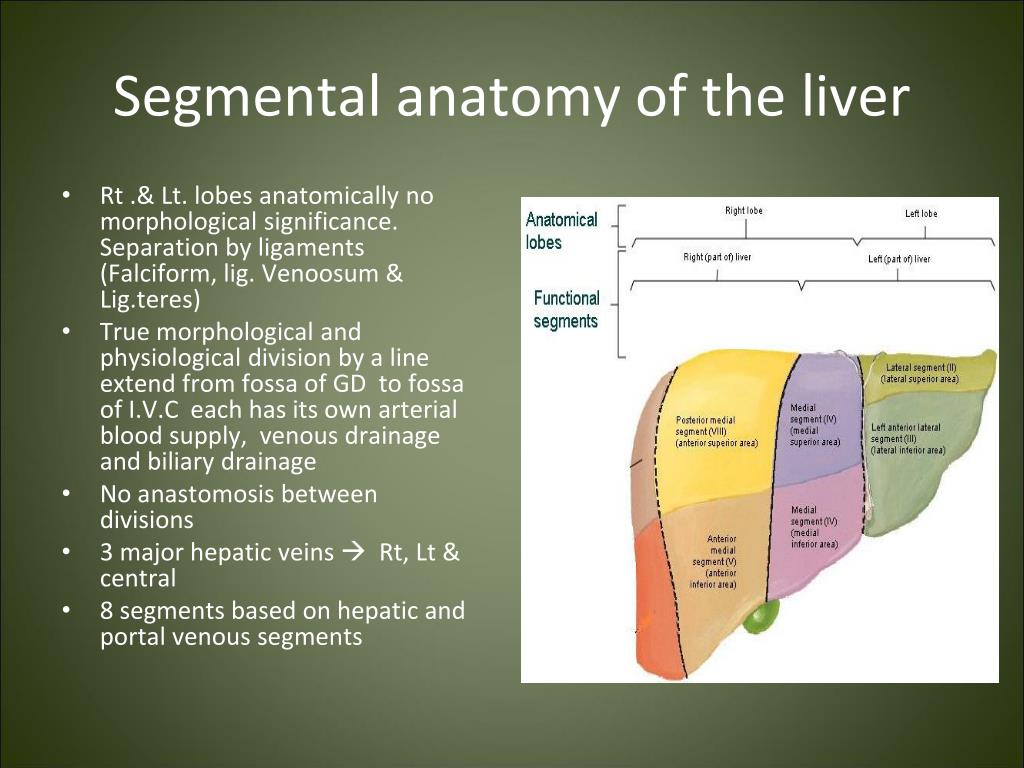
Liver Regeneration: A Unique Anatomical Advantage
One of the liver’s most remarkable features is its ability to regenerate. This capacity for regeneration is closely tied to its anatomical structure. But how exactly does liver regeneration work?
The Process of Liver Regeneration
Liver regeneration is a complex process that involves:
- Hepatocyte proliferation: Existing liver cells divide to replace lost tissue
- Stem cell activation: In some cases, liver stem cells can differentiate into new hepatocytes
- Vascular remodeling: Blood vessels grow and reorganize to support the new liver tissue
- Biliary system regeneration: Bile ducts also regenerate to maintain proper function
This regenerative capacity is supported by the liver’s segmental anatomy, which allows for partial regrowth even after significant tissue loss.
Imaging the Liver: Tools for Visualizing Liver Anatomy
Modern medical imaging techniques have revolutionized our ability to study and diagnose liver conditions. Which imaging methods are most effective for visualizing liver anatomy?

Common Imaging Techniques
Several imaging modalities are used to examine liver anatomy and function:
- Ultrasound: Non-invasive and widely available, useful for initial assessments
- CT (Computed Tomography): Provides detailed cross-sectional images of the liver and surrounding structures
- MRI (Magnetic Resonance Imaging): Offers excellent soft tissue contrast and can assess liver fat content
- MRCP (Magnetic Resonance Cholangiopancreatography): Specifically designed to visualize the biliary system
- PET (Positron Emission Tomography): Can assess liver metabolism and detect tumors
Each of these techniques offers unique insights into liver anatomy and pathology, aiding in diagnosis and treatment planning.
By understanding the intricate anatomy of the liver, from its gross structure to its microscopic functional units, we can better appreciate this organ’s vital role in maintaining health. Whether you’re a medical professional, a student, or simply someone interested in human biology, this comprehensive guide provides a solid foundation for exploring the fascinating world of liver anatomy and function.

Liver Charts
0
Add to Cart
Quick view
Anatomy of the Digestive System Laminated Wall Chart with Digital Download Code
Body Scientific Incorporated
Retail Price
$24.00
Today’s Price
Sale Price
$21.50
Learn all about the Digestive System with Body Scientific International’s provides you with this digestive system chart depicting close-ups of the oral cavity, stomach, liver, gallbladder, pancreas and duodenum; and cross sections of the digestive lining…
Retail Price
$24.00
Today’s Price
Sale Price
$21.
 50
50Add to Cart
Quick viewAdd to Cart
Quick view
Anatomy of the Endocrine System Laminated Wall Chart with Digital Download Code
Body Scientific Incorporated
Retail Price
$24.00
Today’s Price
Sale Price
$21.50
Learn all about the endocrine system from this beautifully illustrated Body Scientific International wall chart. Included are the pituitary gland, thyroid gland, hypothalamus and pituitary gland; liver, adrenal gland and kidney; uterus, thymus, bone…
Retail Price
$24. 00
00
Today’s Price
Sale Price
$21.50
Add to Cart
Quick viewAdd to Cart
Quick view
The Liver Laminated Anatomical Chart
Anatomical Chart Company
Retail Price
$23.99
Today’s Price
Sale Price
$19.99
Shows location of liver on the body and provides antero-visceral view of the organ. Illustrates distribution of vessels and ducts, duct system with gallstones in common sites, and two views of liver segments: visceral view with biliary draining areas and.
 ..
..Retail Price
$23.99
Today’s Price
Sale Price
$19.99
Add to Cart
Quick view
Liver Anatomical Chart
9781587791758
Anatomical Chart Company
ISBN/ISSN:
9781587791758
9781587791758
This chart on The Liver concentrates on general anatomy of the liver with clearly labeled and concise illustrationsThe large central . ..
..
Read More
-
Questions and Answers
-
Product Description
This chart on The Liver concentrates on general anatomy of the liver with clearly labeled and concise illustrations
The large central illustration is an antero-visceral view of the liver and surrounding organs .
Smaller detailed illustrations show:
location of the liver in the chest cavity and surrounding organs
distribution of vessels and ducts
duct system with gallstones in common sites
liver segments visceral view with biliary draining areas
liver segments posterior view
portal system
liver lobule
cirrhosis
Made in the USA.
Available in the following versions :- 20″ x 26″ heavy paper laminated with grommets at top corners ISBN 9781587791758
- 20″ x 26″ heavy paper ISBN 9781587791765
-
SpecsISBN/ISSN
9781587791758
Product Format
Chart-Laminated
Trim Size
20 x 26
Table
Weight
0.
 15
15 -
- Anatomical Chart Company
$
23. 99
99
USD $23.99
Quantity:
MORE OPTIONS
REQUEST REVIEW COPY
REQUEST PERMISSIONS
Item already added to cart.
Buy from another retailer
Customer reviews
Overall: out of 5
9781587791758
Liver Anatomical Chart
9781587791758
Home / Medicine / Liver Anatomical Chart
1
https://shop.lww.com/liver-anatomical-chart/p/9781587791758
//cdn-tp2.mozu.com/16833-25855/cms/25855/files/f7ca6c65-a907-470e-a837-baee40d58a2b
23.99
23.99
23.99
1
Innovative liver diagnostics by blood drop / “Modern laboratory diagnostics”
Back to list
Innovative diagnostics of the liver by blood drop / “Modern laboratory diagnostics”
2011, #1
The liver performs many important functions. Its diagnostics allows to identify the causes of poor health, overweight, hormonal disorders in women, to investigate organ damage from alcohol, the use of anabolic steroids in men.
The liver is a unique multifunctional human organ, the features of which are closely related to its complex anatomical structure.
The liver is simultaneously an organ of digestion, circulation and metabolism of all kinds, including hormonal.
The liver helps the body process and assimilate dietary fat and distribute lipids. However, if it does not cope with this function, excess fat accumulation is the main cause of excess weight.
A healthy liver must also actively cleanse the blood of toxins and slags, which affects the well-being, appetite, and skin condition. Therefore, it is extremely important to know about the state of the liver and the presence of diseases of this organ, which will allow you to promptly prescribe its treatment.
Examination of the state of the liver and diagnosis of a number of its diseases were previously possible only with the help of a biopsy – the extraction of small pieces of the liver through intercostal punctures (their number should be at least fifteen).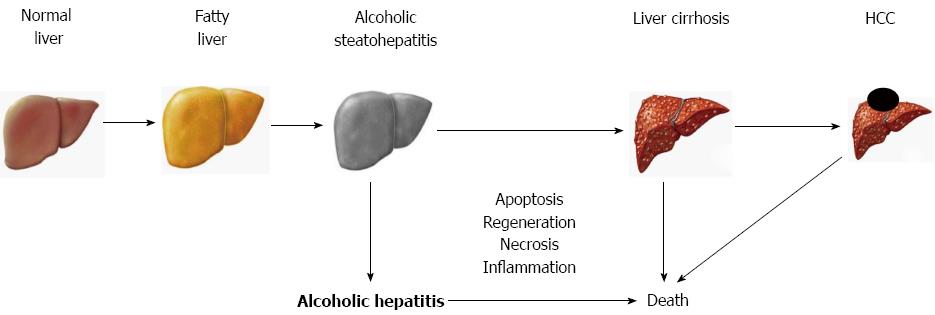
However, this procedure can be life threatening and has a number of disadvantages. These include the mandatory hospitalization of the patient in a hospital (up to five days), the unpleasant pain that patients experience during and especially after surgery, the risk of damage to internal organs during the biopsy procedure.
It is important to note that sometimes when performing 25-30 intercostal punctures, it is possible not to get into the focus of pathological changes in the liver, which will give a false negative result.
A modern and safe (without penetration into the abdominal cavity, without violating bodily integrity) method for examining the state of the liver – non-invasive liver diagnostics is offered by the Independent Laboratory INVITRO.
What is non-invasive diagnostics?
Non-invasive diagnostics is an alternative to liver biopsy. It quickly and painlessly allows you to assess the structure and condition of the liver, to detect its lesions after computer processing of blood tests from a vein. The technology of such diagnostics consists in a complex of three types of tests – SteatoScreen, FibroTest and FibroMax. All of them are based on blood serum studies and do not require a biopsy. Only blood is taken from a vein. The terms of the study are up to two working days (not including the day of taking the biomaterial – blood from a vein).
The technology of such diagnostics consists in a complex of three types of tests – SteatoScreen, FibroTest and FibroMax. All of them are based on blood serum studies and do not require a biopsy. Only blood is taken from a vein. The terms of the study are up to two working days (not including the day of taking the biomaterial – blood from a vein).
Non-invasive diagnostics of the liver condition allows making the most accurate conclusion (reliability of the results is more than 95%), detecting the disease in a timely manner and prescribing the appropriate treatment.
The possibilities of using tests are expanding: screening, safe re-examination, monitoring of disease treatment.
Non-invasive diagnosis is recommended for the following diseases and pathological conditions:
- overweight;
- diabetes mellitus;
- steatosis;
- chronic hepatitis B or C;
- arterial hypertension;
- liver failure;
- metabolic disorders;
- heart failure;
- persons over forty years of age (test No.
 1 STS, preventive examination).
1 STS, preventive examination).
It is important to remember that timely diagnosis of liver pathology will allow you to quickly select the appropriate therapy and prevent the consequences of complications arising from liver diseases.
Name | test no. | Description |
SteatoScreen ( SteatoS from reen ) | 1STS | Diagnostic SCREENING to detect fibrosis and/or steatosis in the liver. Consists of 1 calculation algorithm aimed at screening detection of steatosis and fibrosis. According to the results of the study, calculated tests (without blood sampling) can be recommended: FibroMax (FM-R) or FibroTest (FT-R). Preparation: test (blood test from a vein) is performed strictly on an empty stomach (it is recommended not to eat before taking blood for 8 – 12 hours). Interpretation of results Answer options: 1. norm; 2. fibrosis and steatosis; 3. Pronounced fibrosis. Presentation and interpretation of results: one bar graph. SteatoScreen results are on a scale of 1 to 4, depending on the severity of fibrosis and steatosis. In addition, the results provide recommendations for further diagnosis of this condition (levels from 1 to 4). Attention! According to the results of the SteatoScreen study, the calculation tests FibroMax (FM-R) or FibroTest (FT-R) can be recommended. |
FibroTest | 3FT | Consists of 2 calculation algorithms aimed at diagnostics:
Preparation: test (blood test from a vein) is performed strictly on an empty stomach (it is recommended not to eat before taking blood for 8 – 12 hours). Interpretation of results Options for presentation of research results: 1. Initial fibrosis + minimal activity of the inflammatory process; 2. cirrhosis + minimal-cf. activity of the inflammatory process; 3. portal fibrosis + moderate activity of the inflammatory process; 4. norm. Presentation and interpretation of results: two bar graphs. The diagnostic value of FibroTest is confirmed for both transitional and extreme stages of liver pathology. The FibroTest results are in the range from 0 to 1, depending on the severity of fibrosis with transfer to the METAVIR system (from F0 to F4). To facilitate visual interpretation, the test results are accompanied by a color graphic that indicates the severity of the disease. |
FibroMax ( FibroMax ) | 2FM | Consists of 5 calculation algorithms aimed at diagnostics:
Preparation: examination (blood test from a vein) is performed strictly on an empty stomach (it is recommended not to eat before taking blood for 8 – 12 hours). Interpretation of results Options for presentation of research results:
Presentation and interpretation of results: The diagnostic value of FibroTest is confirmed for both transient and advanced stages of liver pathology. |
According to the materials of the journal “Modern laboratory diagnostics, No. 1”
Liver Human body Diagram Organ cirrhosis, others, anatomy, liver, liver png
Liver Human body Diagram Organ cirrhosis, others, anatomy, liver, liver png
About This PNG
Image size
- 848x296px
File size
- 231.
 26KB
26KB MIME type
- Image/png
Download PNG ( 231.26KB )
resize PNG
width(px)
height(px)
License
Non-Commercial Use, DMCA Contact Us
heart illustration, Liver cirrhosis Drawing, Human liver model, heart, biology, cartoon png
1000x868px
273.89KBHuman body Human anatomy Blood vessel Circulatory system, weight loss exercises, heart, human, fictional Character png
519x1024px
519.37KBLiver Human body Organ Gallbladder Human digestive system, Human liver, heart, anatomy, liver png
747x606px
39.19KB org/ImageObject”>Skeleton Human skeleton Skull Human body, Skeleton, human, human Anatomy, skeleton png
1500x2711px
1.7MBkidney illustration, Kidney Organ, kidney, miscellaneous, heart, kidney png
1669x1287px
1.11MBAnatomy Heart Drawing Diagram, human heart, heart, monochrome, human png
500x500px
134.26KBhuman intestine illustration, Pulmonary Respiratory system Lung alveolus Bronchiole Anatomy, alveolar venous vessels, miscellaneous, frutti Di Bosco, anatomy png
1159x1062px
2.13MB org/ImageObject”>human heart, American Heart Association Human anatomy Drawing, heart, heart, biology, fictional Character png
498x700px
364.15KBred heart, Heart Organ Anatomy Human body, human heart, love, heart, biology png
509x768px
266.51KBHuman body Organ Human anatomy Human back, structure of human organs, hand, human, anatomy png
1147x1378px
1.92MBheart, Heart Human body, heart, food, computer Wallpaper, happy Birthday Vector Images png
509x765px
38. 24KB
24KBTreatment of cirrhosis of the liver and other liver diseases, purple, pharmaceutical Drug, medicine png
635x634px
355.64KBHeart valve Circulatory system Anatomy Human body, heart, text, heart, human png
1000x875px
153.62KBheart anatomy, Cardiovascular system Circulatory system Anatomy of the heart Diagnostic Medical Sonography: Vascular System Human body, blood, miscellaneous, hand, human png
445x609px
310.66KBLiver Human anatomy Human body, others, anatomy, anatomy, anatomy png
700x450px
282.26KBhuman anatomy illustration, Liver Anatomy Human body, liver, heart, human, medical png
871x1011px
1. 03MB
03MBhuman body, Circulatory system Human body Blood vessels Organ system, Human circulatory system, hand, heart, human Body png
1250x2083px
398.99KBLiver transplant Computer Icons Medicine Liver cancer, others, leaf, medical Diagnosis, medicine png
512x512px
26.17KBHuman body Organ Homo sapiens Anatomy Human skin, body, miscellaneous, hand, human png
3000x6675px
601.21KBHuman skeleton Human body Bone Anatomy, Skeleton, leg, human, fashion Illustration png
1007x3016px
1.41MBMetastasis Lung cancer Lung cancer Organ, organ, miscellaneous, monochrome, human png
656x955px
607. 69KB
69KBhuman physiology, Human anatomy Muscle Human body Muscular system, muscles, miscellaneous, human, muscle png
1000x1000px
267.79KBBreast cancer Human body Muscle Health, Skeleton, human, anatomy, arm png
804x1920px
962.86KBPancreas Pancreatic cancer Acute pancreatitis Human anatomy, pancreas, orange, anatomy, medicine png
960x449px
217.71KBInternal organs of the human body Anatomical diagram Anatomy Organ system, gastroenterology, biology, human, anatomical Diagram png
768x1024px
942.22KBLung cancer screening Human body, lung cancer stage, human, lung, cancer png
683x471px
505. 95KB
95KBCirculatory system Human body Organ system Anatomy Circulatory system, blood, miscellaneous, hand, heart png
400x940px
269.49KBhuman organ illustration, Gastrointestinal tract Human digestive system Anatomy Human body Gastrointestinal tract, human body, human, abdomen, liver png
614x1024px
662.85KBLung Human body Organ Respiratory system Heart, heart, human, medical, cell png
500x667px
68.76KBred and blue human heart illustration, Blood vessel Heart Circulatory system Arterial health, Human heart, heart, hearts, heart png
718x1000px
586.6KB org/ImageObject”>Heart Complete anatomy Human body, heart, human, anatomy, desktop Wallpaper png
512x512px
318.77KBLiver Spleen Duodenum, pancreas, miscellaneous, anatomy, liver png
1953x2038px
3.43MBhuman muscular system illustration, Human body Muscular anatomy Muscular system Organ, Human body, physical Fitness, people, human png
1100x810px
522.57KBCirculatory system Heart Blood vessels Human body Organ system, plasma, hand, heart, anatomy png
660x446px
175.36KB org/ImageObject”>Human body Anatomy Organ Diagram Woman, body, people, human, fictional Character png
763x2315px
1.07MBDigestive system, Gastrointestinal tract Human digestive system Digestion Endocrine system Organ system, organ, anatomy, human Anatomy, human Anatomy png
2000x4678px
1008.75KBHeart Anatomy Drawing, heart, biology, human Anatomy, human Body png
600x600px
200.91KBKidney Anatomy Human body physiology Retroperitoneal space, kidney, anatomy, human Anatomy, anatomy png
928x1200px
555. 58KB
58KBhuman heart, Heart Drawing Anatomy Diagram, Human, hand, human Body, heart png
4456x3951px
414.79KBHuman body Anatomy Human back, anatomy, miscellaneous, hand, monochrome png
1000x1887px
360.39KBcirculatory system, Circulatory system Human body Blood vessel Organ system, Human circulatory system, miscellaneous, heart, human png
1024x1024px
537.46KBskeleton illustration, Human skeleton Human body Anatomy, bones, miscellaneous, bones, human png
615x1600px
688.33KBOrgan Kidney Fatty liver Heart, kidney, boxing Glove, chicken, galliformes png
1358x2395px
1.
Human digestive system Digestive system Gastrointestinal tract Human body, liver, label, heart, biology png
534x935px
392.47KB
human heart illustration, Heart Liver Kidney Human organ, Human body medical medical anatomy heart vessels, happy Birthday Vector Images, human, hearts png
1944x2122px
702.37KB
Human body Heart Diagram Organ Anatomy, human body parts, tshirt, human, electric Blue png
1120x1440px
1.94MB
human body anatomy, Skeletal muscle Human skeleton Muscular system, Human muscle anatomy movement, people, human, anatomy png
1100x1003px
690.02KB

 50
50 00
00 ..
.. 15
15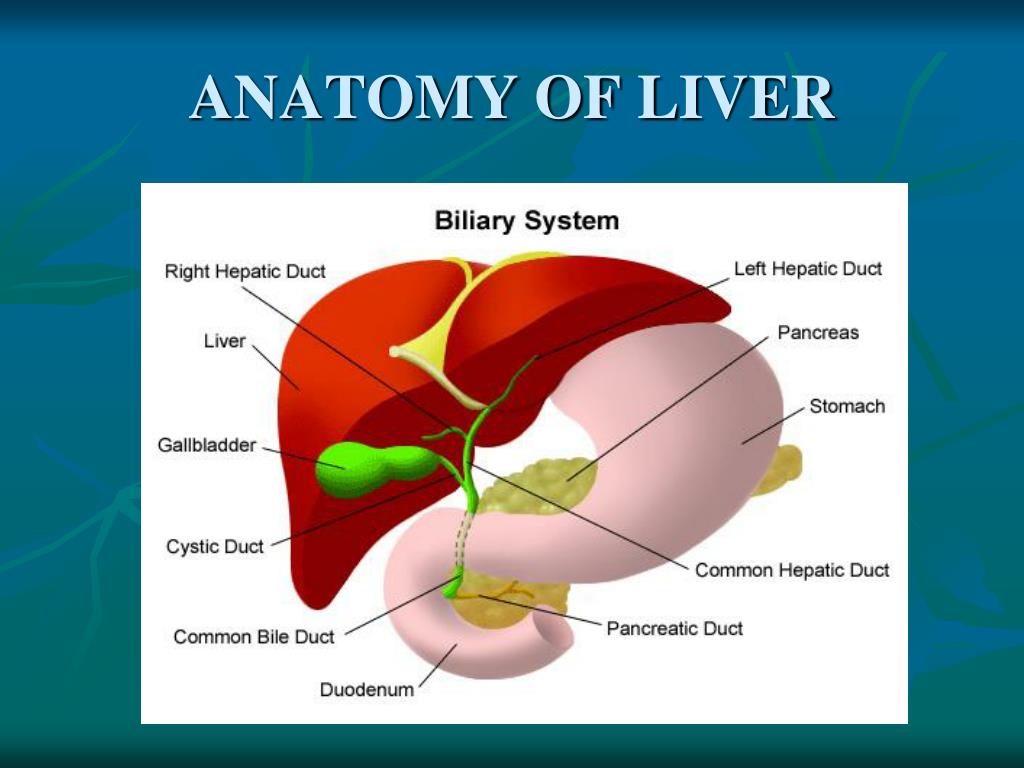 1 STS, preventive examination).
1 STS, preventive examination).
 To facilitate visual interpretation, the test results are accompanied by a color graphic that indicates the severity of the disease.
To facilitate visual interpretation, the test results are accompanied by a color graphic that indicates the severity of the disease.

 The FibroTest results are in the range from 0 to 1, depending on the severity of fibrosis with transfer to the METAVIR system (from F0 to F4). To facilitate visual interpretation, the test results are accompanied by a color graphic that indicates the severity of the disease.
The FibroTest results are in the range from 0 to 1, depending on the severity of fibrosis with transfer to the METAVIR system (from F0 to F4). To facilitate visual interpretation, the test results are accompanied by a color graphic that indicates the severity of the disease. 26KB
26KB 24KB
24KB 03MB
03MB 69KB
69KB 95KB
95KB 58KB
58KB